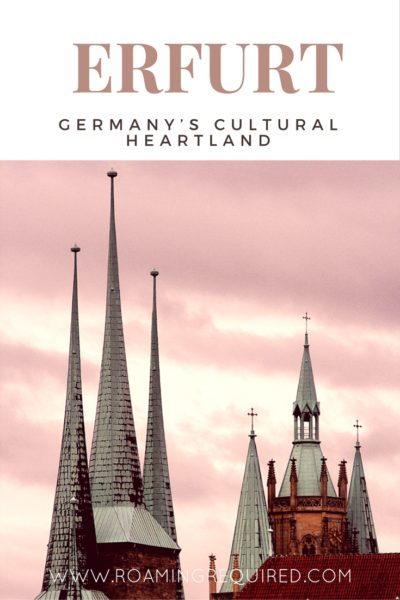Last updated: 15 July 2023
You know the names Berlin, Munich, and Frankfurt but what Erfurt, Arnstadt, Gotha, Weimar and Eisenach?
What if I told you that a mere 2 hour train journey from Berlin was all that stood in your way from discovering Germany’s cultural heartland? A section of the country which today remains steeped in history, history which has shaped the entire European continent.
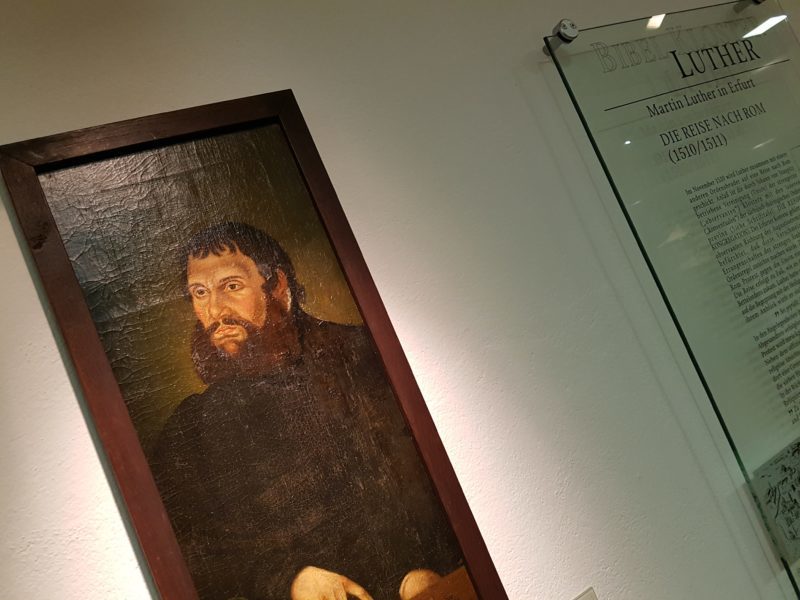
We’ve recently partnered with Thuringia Tourism Board where I travelled to very centre of Germany to explore the region and visit the towns of Erfurt, Arnstadt, Gotha, Weimar, and Eisenach.
The Thuringia Region
The Thuringia region (known as the Free State of Thuringia) is comprised of various towns including; Erfurt, Arnstadt, Gota, Weimar, and Eisenach which all have their own unique story and place in history.
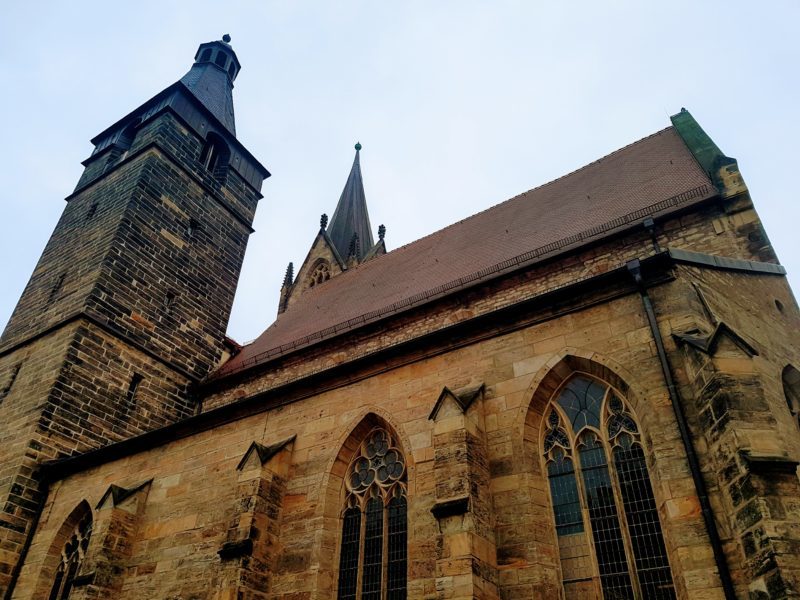
The region can be considered the cultural heartland of Germany owing to the many famous and influential people who have called it home over the past few centuries including; Martin Luther, Johann Wolfgang von Goethe, Friedrich Schiller, Johann Sebastian Bach, and Richard Wagner.
Why Go?
To put it simply, the Thuringia region is a place where you can experience the rich tapestry of history and culture which helped shape modern Europe. The only question you have to ask now, how can I include this into my next holiday to Germany ?
If you’re planning a visit to Germany then you’ve probably included Berlin, Cologne, and Munich to your list. We did the exact same thing! To say that Germany has an incredible amount of history and culture to explore would be an understatement.
Exploring History & Culture in Thuringia
If I was to properly explain all the reasons why you should add some extra time to your Germany travels plans to go explore the towns of Thuringia then this would be one mammoth post! So instead this is the first post of a five part series exploring Germany’s Culture Heartland.
Erfurt, only 2 hours by train from Berlin…
The capital city of Thuringia state is Erfurt and is located a short 2 hour train journey from Berlin. The city is home to 210,000 people and is considered to be one of most intact German medieval cities.
Why Should You Visit?
Domplatz (Cathedral Square)
One of the most interesting places to visit in Erfurt is Domplatz (Cathedral Square). Here you can visit two magnificent churches which are located right next to each other.
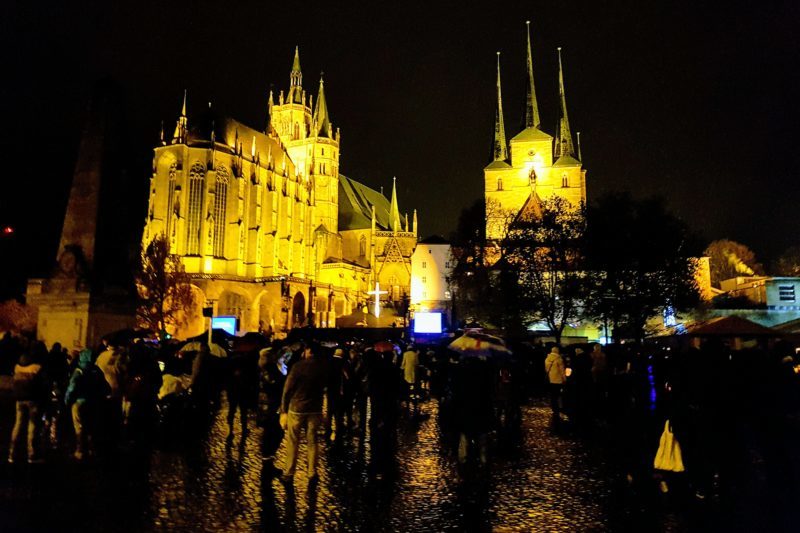
The one which immediately captures your gaze is Erfurt Cathedral, also known as St Mary’s Cathedral. Located on Cathedral Hill. Constructed in 742 AD on the same site where previous churches once stood.
St Severus Church, the smaller but equally as impressive church is located immediately next to Erfurt Cathedral. They are joined by a 70 step monument staircase. Both churches dominate the skyline of Erfurt, however St Severus can be easily identified by its 3 black steeples.
Domplatz during the night of Saint Martin’s Festival
My trip to Erfurt coincided with the annual Ecumenical Saint Martin’s Festival. As an Australian, I hadn’t heard of Saint Martin’s Day, so it was a treat to learn about its history and significance whilst it took place at the footsteps of the Cathedral.
Saint Martin’s Day (also known as the Feast of Saint Martin) is a festival traditionally celebrated on 11 November across various European countries.
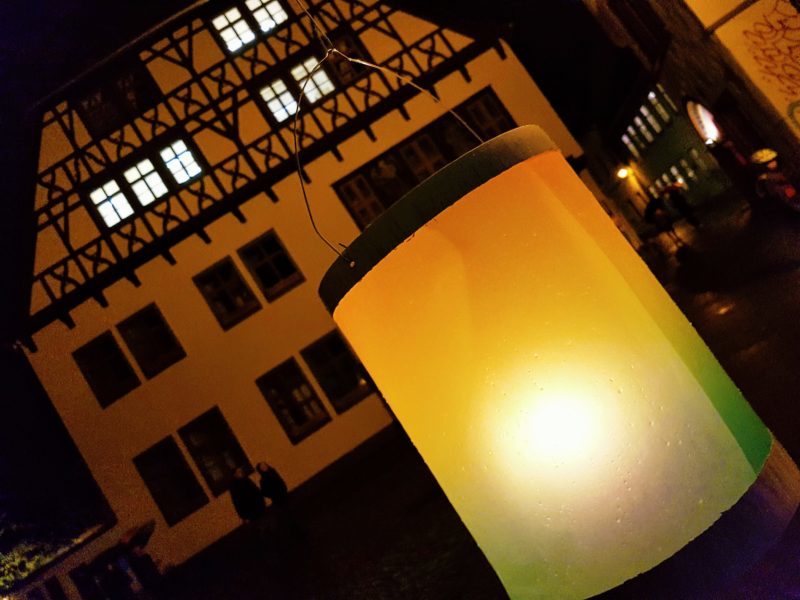
It’s the day where children walk the streets with their parents carrying homemade lanterns and singing songs in exchange for candy. Think along the lines of Halloween but in celebration of St Martin of Tours, a Catholic saint.
However, in Erfurt, it’s the 10th November when the annual Ecumenical Saint Martin’s Festival takes place. This celebration is dedicated to not only the city’s patron saint, Saint Martin of Tours, but also to one of the city’s most important inhabitants, Martin Luther (Father of the Protestant Reformation).
Standing in the middle of Domplatz on the night of Saint Martin’s Festival surrounded by families carrying their homemade lanterns felt like I was a part of something special, I felt connected to an important tradition. It wasn’t long before the church bells rang out across the city whilst the church lights dimmed and a large crucifix was illuminated.
Follow in Martin Luther’s Footsteps
Now is the perfect time to learn about Martin Luther and his impact on world history because 2017 marks 500 years since the beginning of the Protestant Reformation. Regardless of religious persuasion, there is no denying that The Reformation had a tremendous impact on not just European history but across the world.
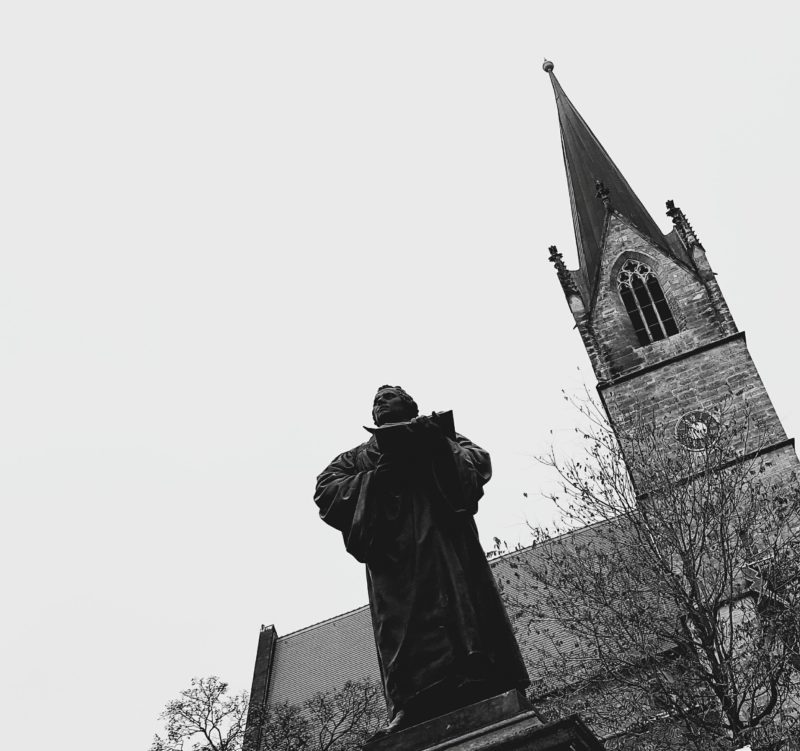
Erfurt has been described as the spiritual home of Martin Luther because it was the location where some of the most important events in Luther’s early life took place. These events helped shape the outlook of a man who has been remembered as one of the most influential people in history.
Erfurt University
Take a walk to the University of Erfurt and explore the grounds and admire the architecture because this is where Martin Luther studied from 1501 to 1505 and obtained his Master of Arts degree.
The Luther Stone
There is a legend that on 2nd July 1505 Martin Luther was caught in a terrible thunderstorm and afraid for his life, he prayed “St Anna, help me! I will be become a monk”. Following the passing of the storm, Luther kept his word and joined the Augustinian monastery.
You can visit the Stotternheim’s Luther Stone which is a monument marking the historical spot where Luther made his promise to become a monk.
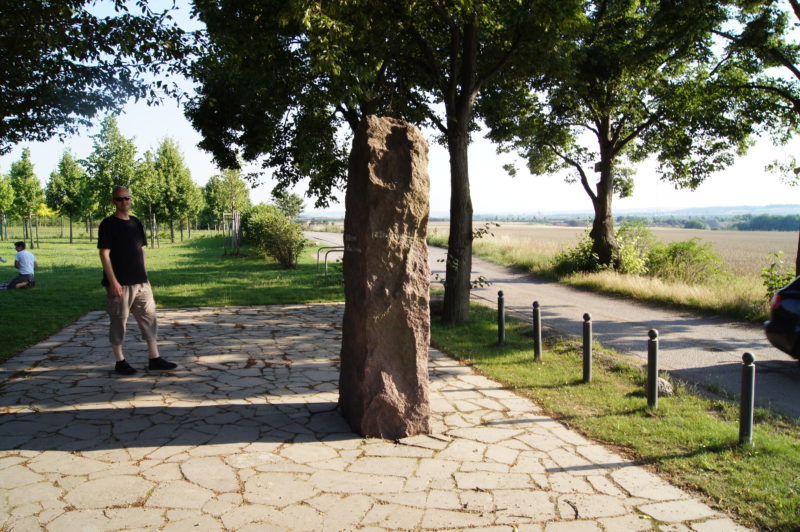
Erfurt Protestant Augustinian Monastery
A visit to the Erfurt Protestant Augustinian Monastery is a must if you want to experience something really special; walk the same halls that Martin Luther did from 1505 to 1511 when he lived at this monastery as an Augustinian monk. One of the highlights was taking time to visit the Luther exhibit on the top floor.
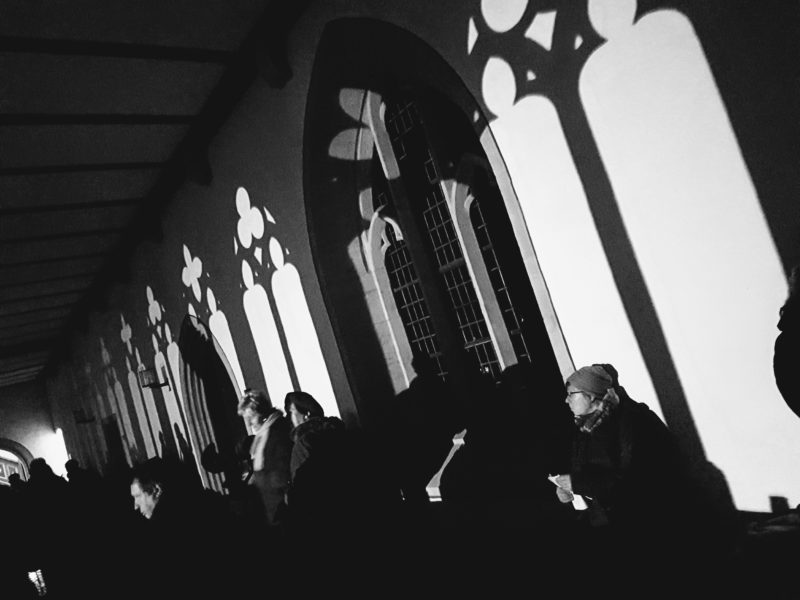
Final Thoughts
Located in the very centre of Germany in the Thuringia region lay hundreds of years of history and culture just waiting to be discovered. The capital city of Erfurt is home to the glorious St Mary’s Cathedral, St Severus Church, and some key historical locations in life of Martin Luther.
Travel Times
Erfurt to:
- Berlin: 2 hours (train); 3 hours (car)
- Munich: 5 hours (train); 4 hours (car)
- Frankfurt: 2.5 hours (train); 3 hours (car)
Russell’s Recommendation: Keep your eyes open for secret cobblestone alleys which lead to more historical sites, including Europe’s oldest synagogue.
Disclaimer
Our visit to the Thuringia region was in partnership with the Thuringia Tourism Board. As always, all opinions expressed are our own.
